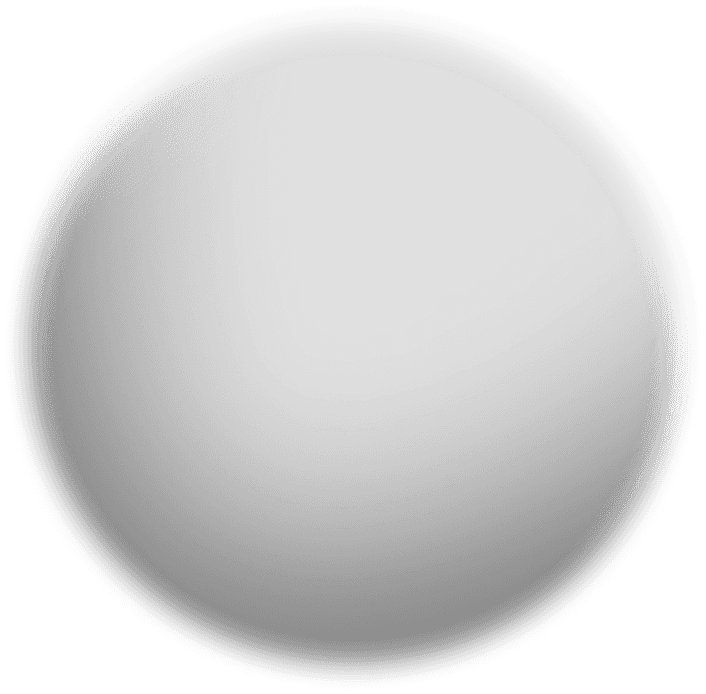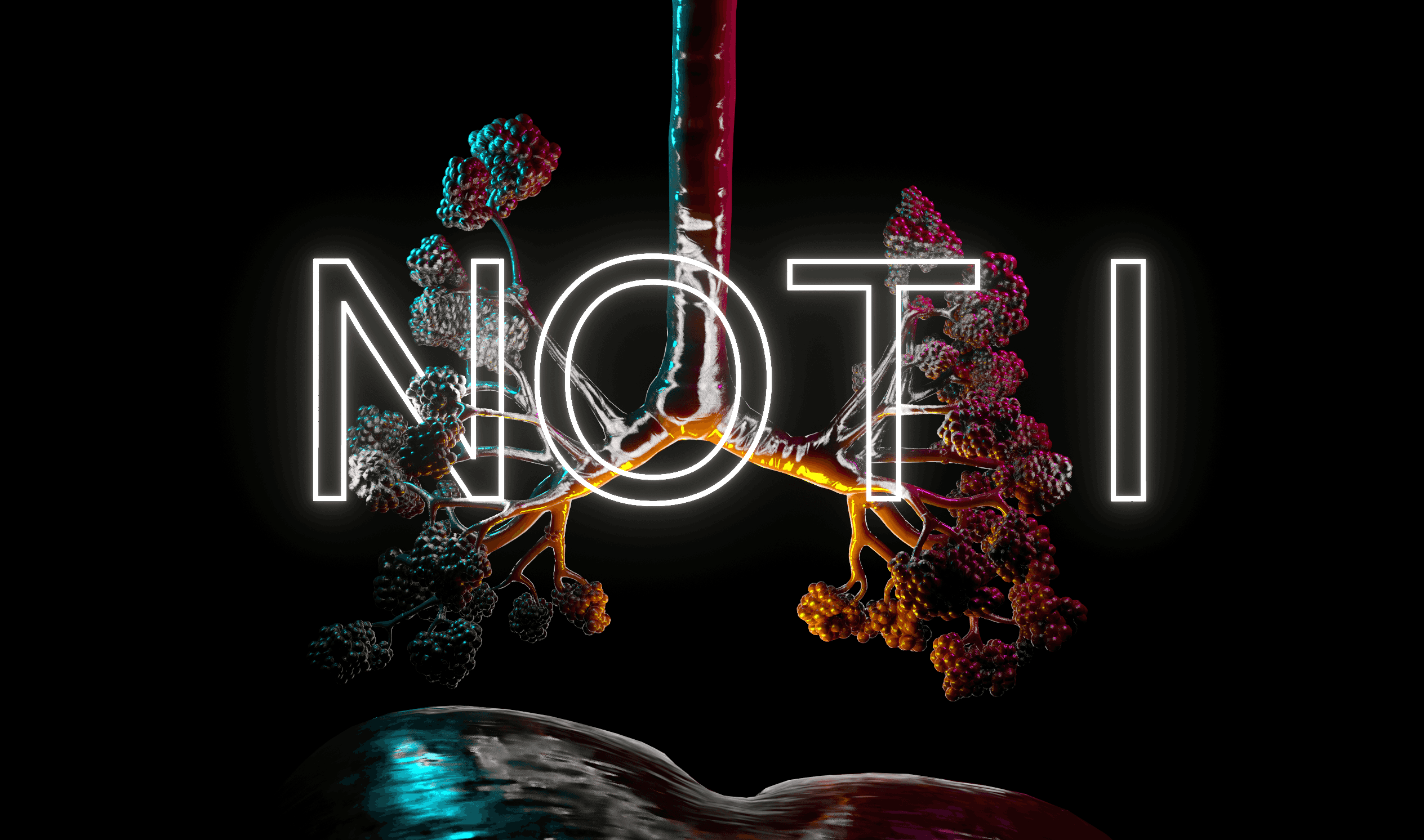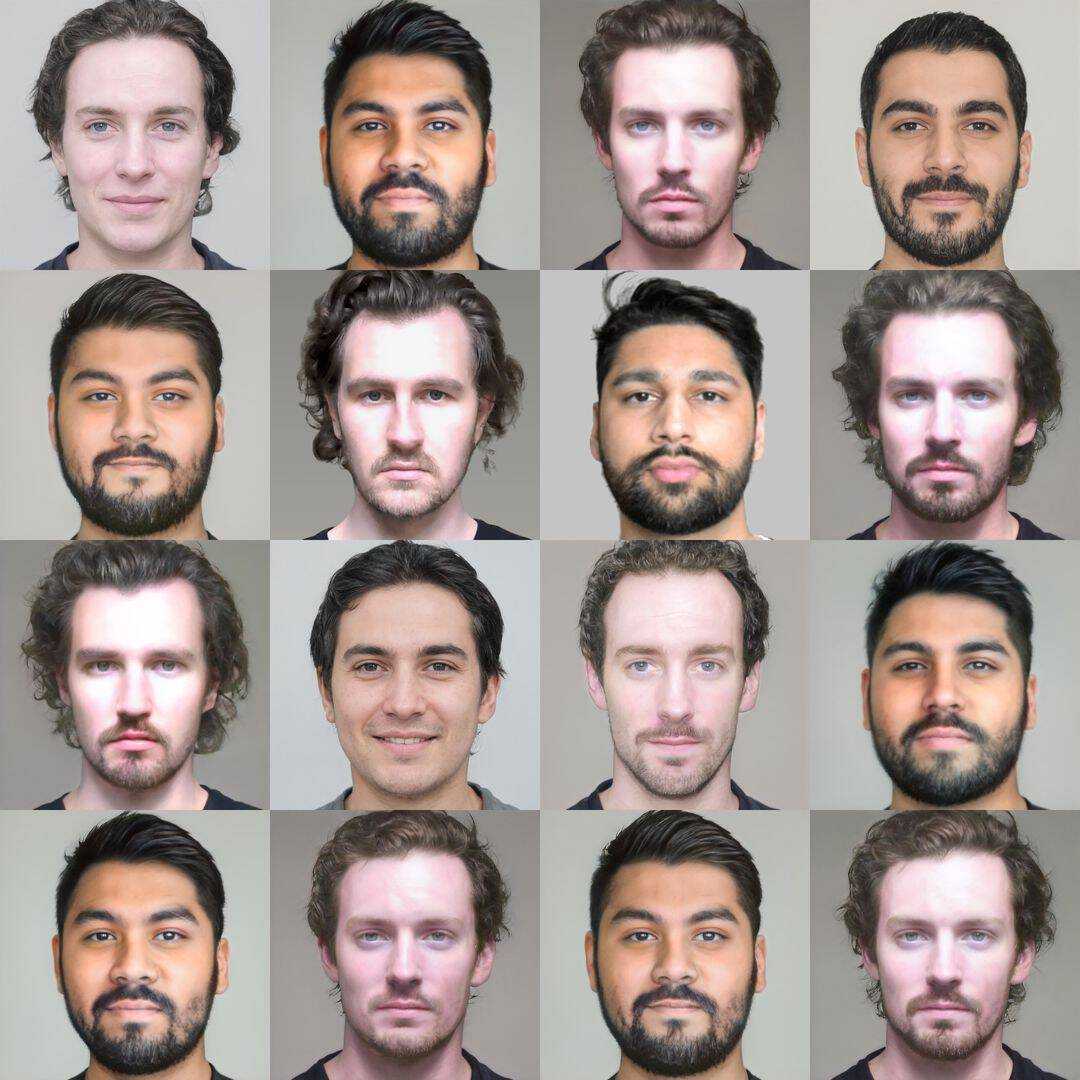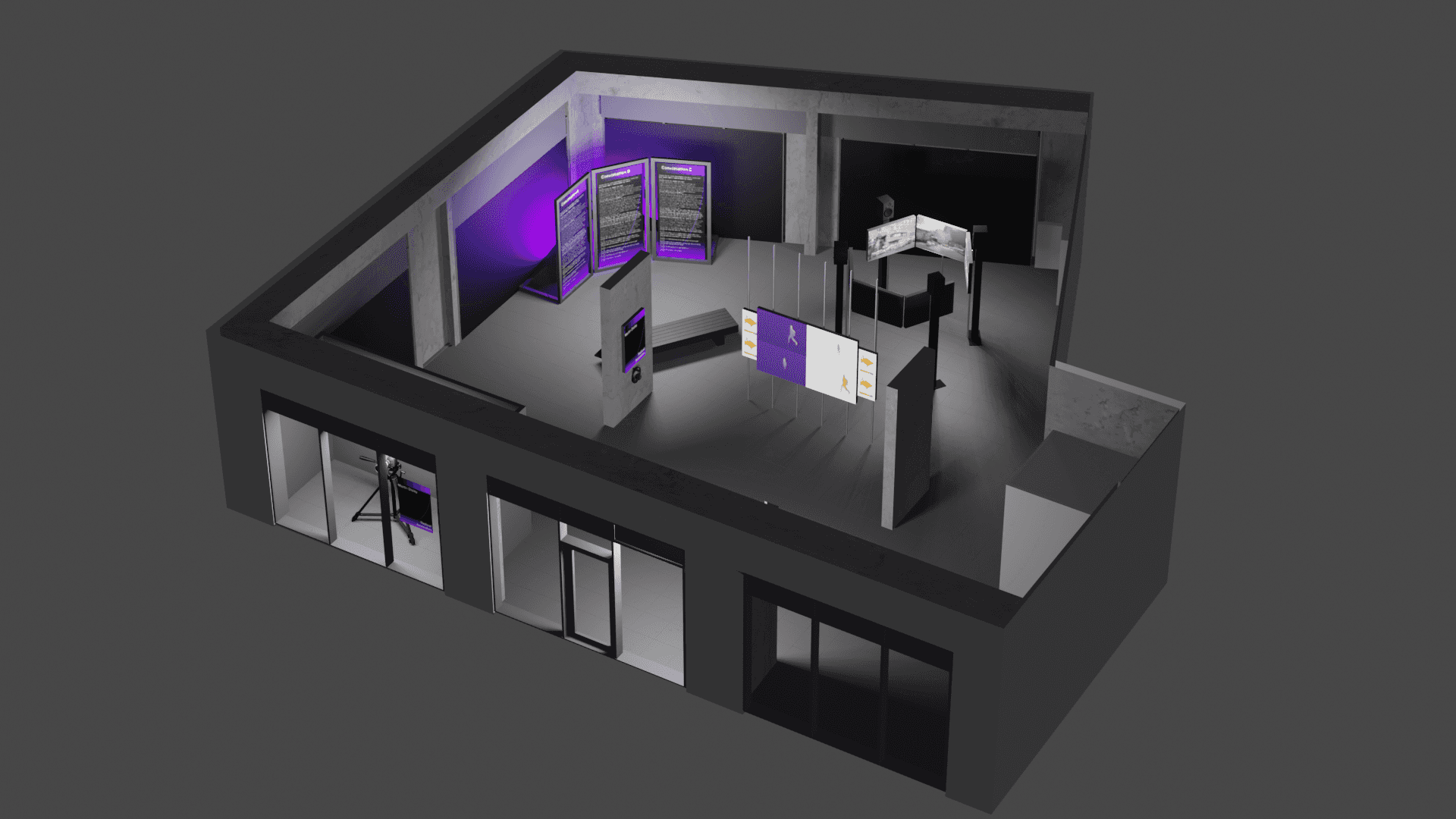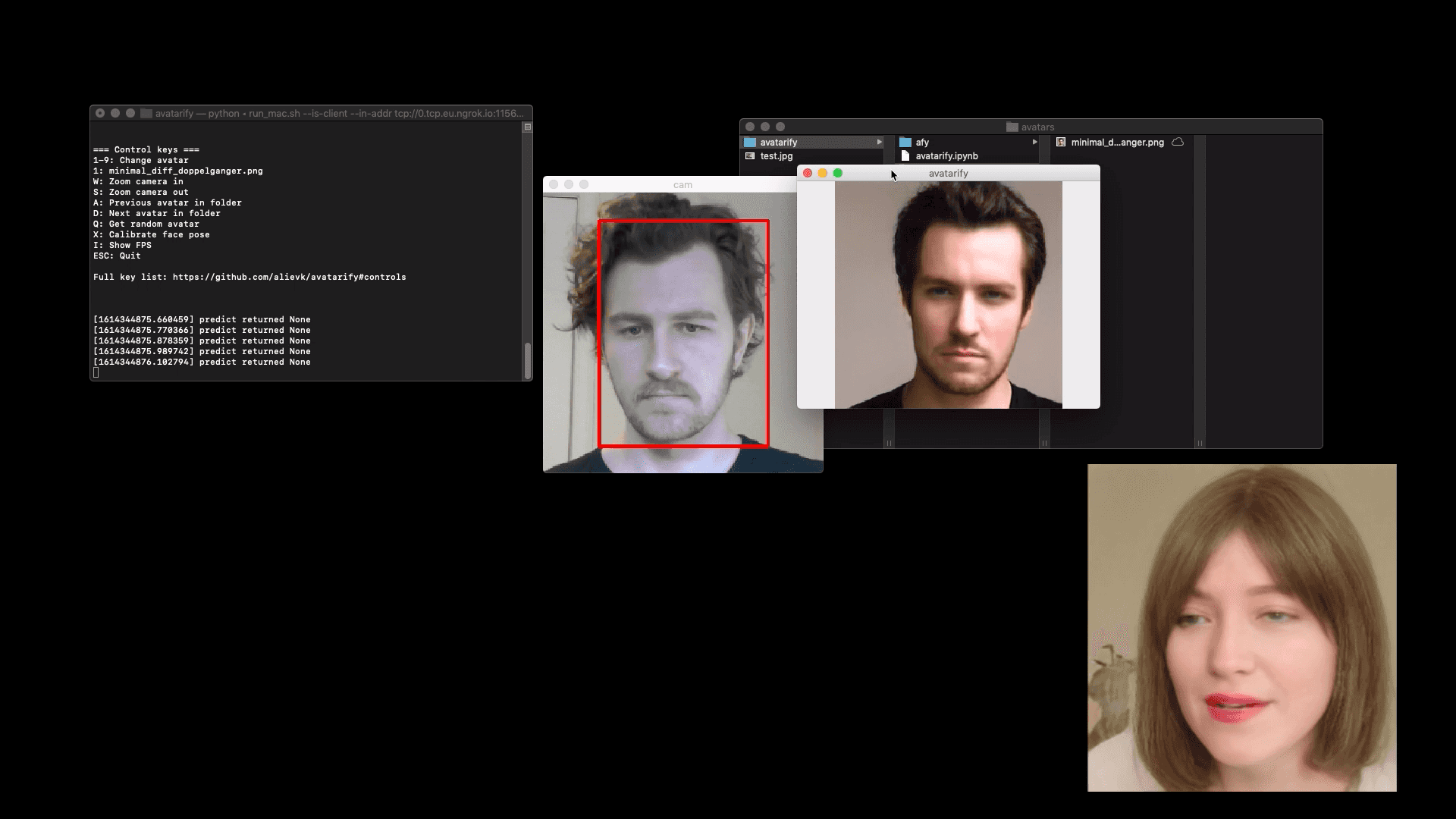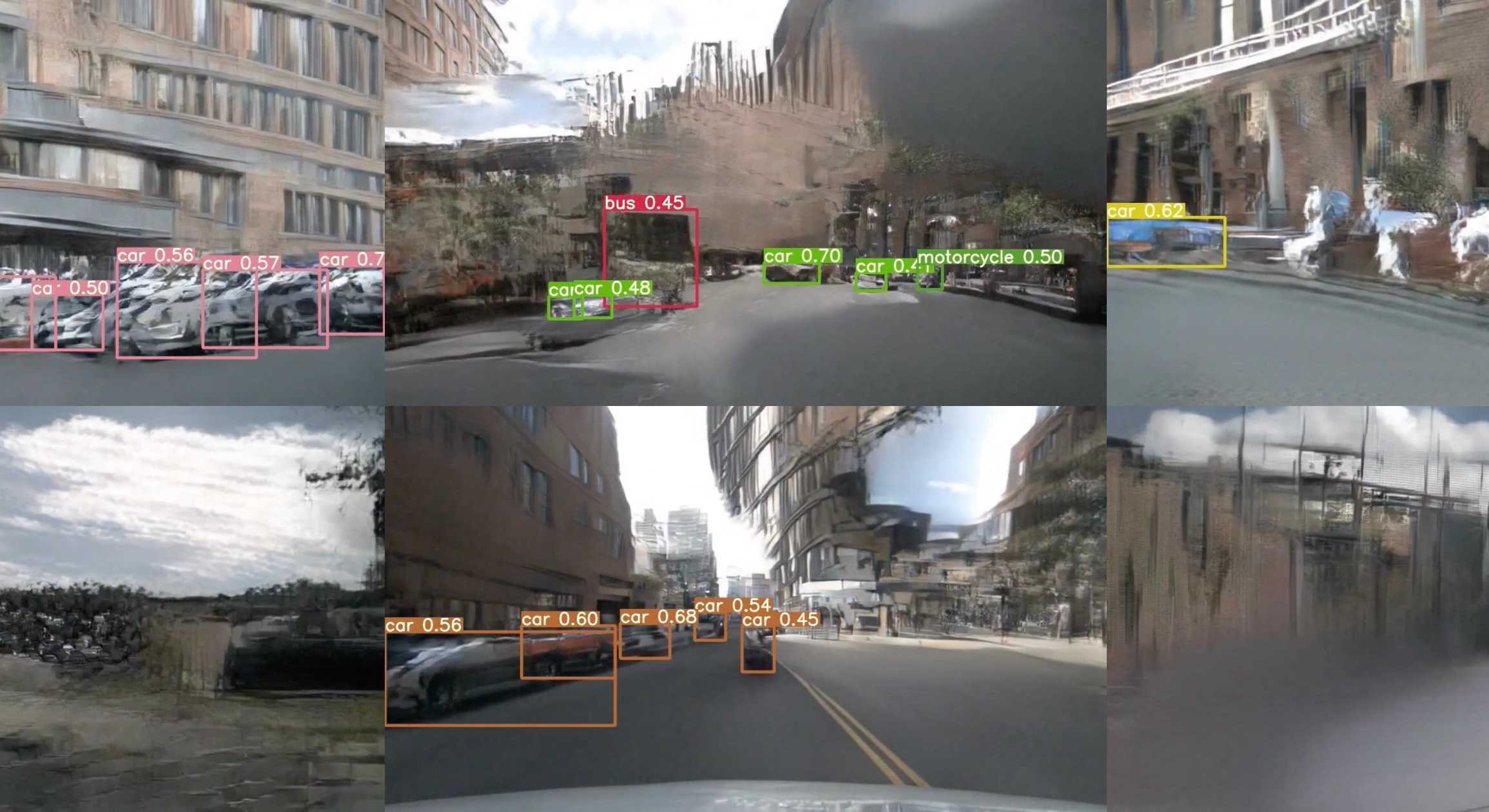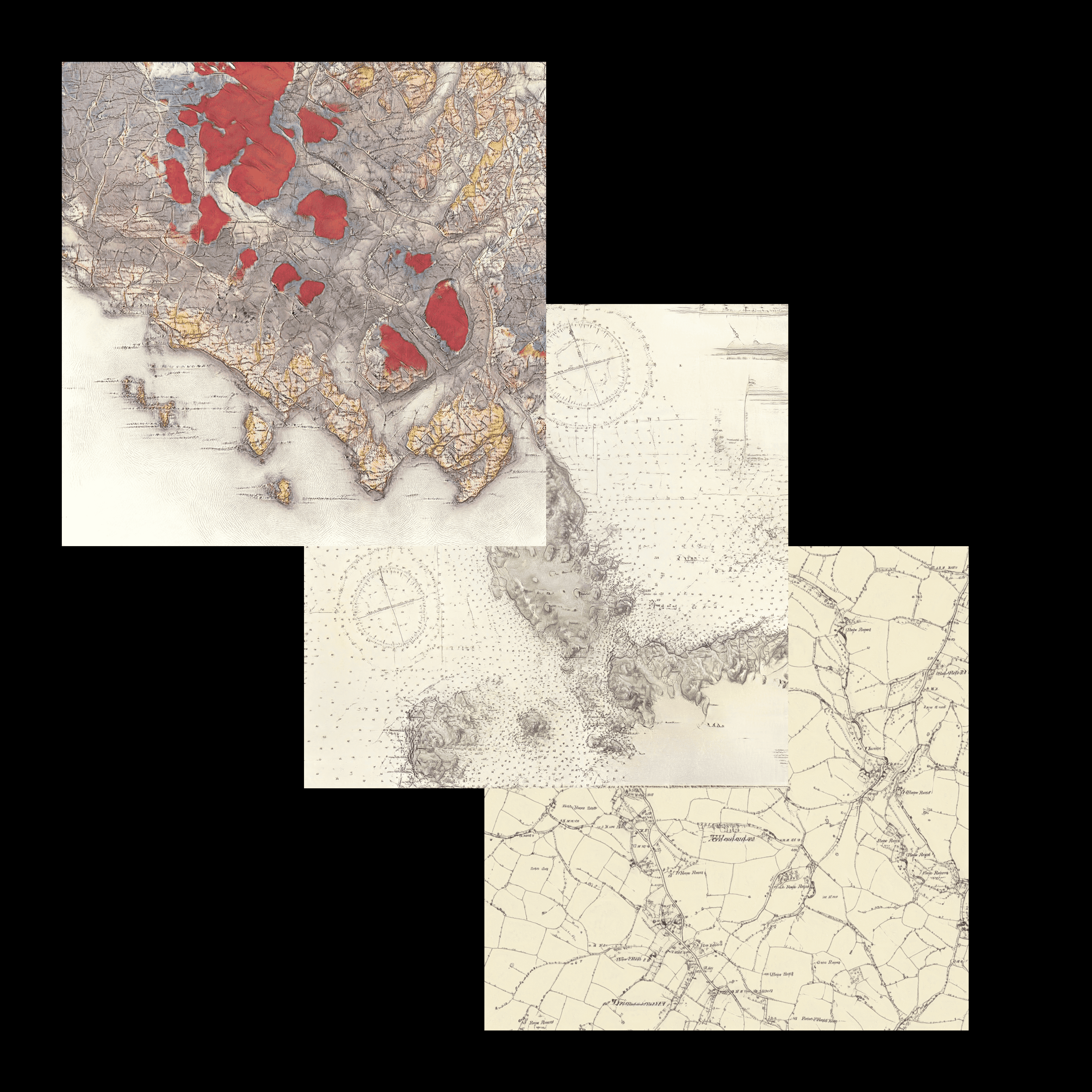Info
Martin Disley is an artist, researcher and developer based in Edinburgh, Scotland. His visual practice centres around an ongoing critical investigation into machine learning. His work has focussed on the machine learning model and the map-territory relation, feedback loops in inference, behavioural conditioning and training and machine learning in states of incoherence. His work seeks to manifest the internal contradictions and logical limitations of artificial intelligence in beguiling images, video and sound.
Martin was recently selected to participate in arebyte Gallery’s Hotel Generation artist development programme. He was previously artist-in-residence at the National Library of Scotland and has received commissions from The Institute for Design Informatics at the University of Edinburgh, The Indeterminacy Research Group at the University of Dundee and Extinction Rebellion among others. He has presented/exhibited work at Unsound Festival (Krakow, Poland), the V&A Museum (Dundee, Scotland), The Centre for Contemporary Arts (Glasgow, Scotland), Guterhallen Gallery (Soligen, Germany) and Kunstencentrum Vooruit (Ghent, Belgium).
Speculative Voices and Machine Learning
Through an investigation into, and demonstration of an attack upon, a machine learning model called Speech2Face, Not I explores the problematics of contemporary vocal profiling technology and the epistemic utility of generative models. By tracing the history of vocal forensic technology from its phrenological origins and visually deconstructing the Speech2Face architecture, Not I reveals fundamental flaws in the application of universalising deep learning models on the complex relationship between voice and identity.
Speculative Voices and Machine Learning
Speculative Voices and Machine Learning was a lecture delivered at Unsound Festival (Krakow, Poland) in which Murad Khan and I demonstrate how the phrenological tradition of vocal portraiture is being reinvigorated by contemporary machine-learning. For the presentation, the Speech2Face and Wav2Pix models, initial targets of our investigation, were reconstructed in order to investigate the claims of their authors and construct a series of speculative attacks upon them.
arebyte Gallery - Hotel Generation
Radical Anomalies is a solo exhibition proposal produced as part of arebyte Gallery's Hotel Generation artist development programme. The speculative exhibition features several new works that focus on how the predictive capacity of machine learning contributes to a 'slow cancellation of the future'. The central interactive installation proposes to resist this threat by sensing and rendering the 'anomalous' not as a pathology, as it is within the current paradigm, but as a chaotic, disruptive and potentially liberating signifier of the new.
Zoom Obscura
How They Met Themselves is a didactic short film and demonstration of a prototype software tool called Deepfake Doppelgänger. The film and accompanying software are research outputs from an investigation into how algorithmic and human schemas of facial identification, verification and perception differ and how these differences can be leveraged to control how our identity is coded in the images we put online.
NEoN Digital Arts Festival Commission
Future False Positive is a short film about, and created with, machine learning. The film delineates the limits of modelling reality with machine learning by rendering transitions between recorded video (historical data) and synthetic reproductions of it (predictive machine learning). Through the use of dash cam footage as source material the viewer is taken on a journey from the real into a ‘perma-present’ - a world where temporality ends but, to computer vision at least, remains perfectly legible.
National Library of Scotland Artist in Residence
the dataset is not the map is not the territory is a triptych of beguiling videos produced using three custom StyleGAN models, a generative machine learning architecture trained on a dataset of images. The work has a destabilising effect on the map’s authoritative voice. Through disentangling the cartographic grammar and symbology from the geographical statement, the work disrupts the maps fixing of territory by presenting manifold interpretations of geographical space, equally sovereign and constantly in flux.
